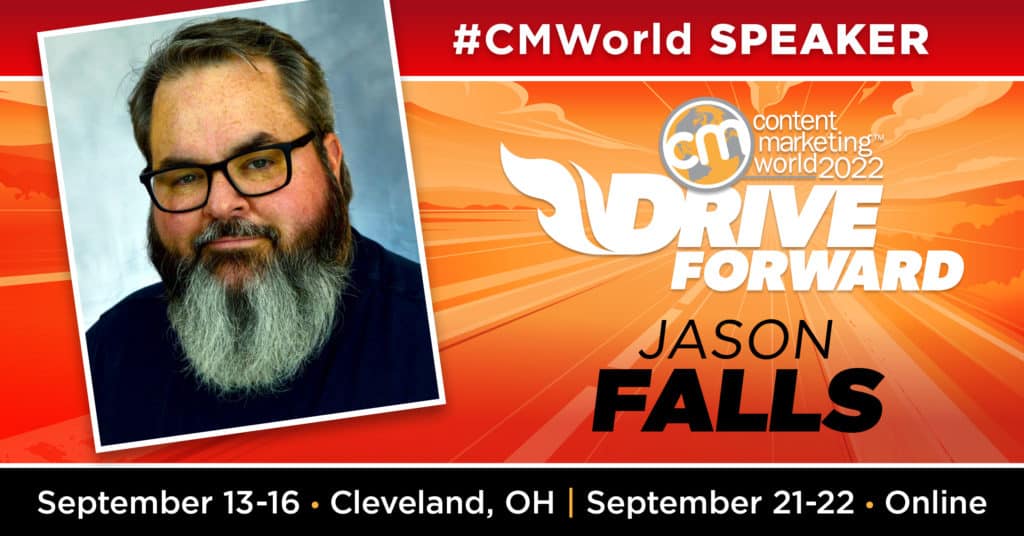August is not the time to be thinking of the holidays. Unless you want to ask for gifts that take some savings to afford.
Or in the case of the influencer marketing industry, that might take some time for agile development sprints.

When you’re an influencer marketing strategist and practitioner, not to mention an influencer/creator, or perhaps a talent manager or other industry professional, you often find yourself having to work around the imperfections of the industry. Not all social networks are the same. Neither are the influencer marketing software platforms, managed services or agencies. So you make the best of it and hope this feature or that policy will change some day to make life easier.
Case in point, until June 28 of this year, those of us pulling reports of influencer marketing campaigns had to enter Instagram Reels data manually. That’s because Instagram thought it unnecessary to make Reels insights available through its API. So, none of the influencer marketing platforms could automatically pull views, comments, likes and such for reports. When Meta announced the Instagram Reels API expansion, a good number of us gained a few hours of time back each week.
But it isn’t just Meta that presents hoops to jump through that make our jobs harder. There are actually several players who could make all of us happier for the holidays if they’s just get their shit together. In that spirit, here’s my 2022 Influence Marketing Industry Holiday Wish List.
Would Influencer Agencies and Managed Services Please Stop Calling What You Sell “Strategies”?
Ask any managed services company to show you a proposal for what they offer and you will find four basic sets of numbers:
- How many creators they recommend using
- How many pieces of content they expect from each creator
- How many impressions they’ll manufacture from all that content (supplemented with paid spend if they can’t hit their numbers)
- How much all that will cost you
And they call this an “influencer marketing strategy.”
Horse. Shit.
What that is, my friends, is a check box of tactical to-dos. What you do not find in these proposals is a strategy of how to leverage those creators to drive engagement, awareness or conversions. You don’t find a creative concept that ties the creators together to work to accomplish your business goals.
The only thing these managed services proposals are really good for is having an impressions number to shoot for. And the managed services companies are typically very good at hitting their numbers. But without a true strategy and creative concept behind the campaign or program, it’s just a programmable ad buy. If they choose particularly engaged and thoughtful creators, it’ll work and hide the fact it doesn’t have much substance.
But there’s a lot left to be desired there. And this is coming from someone who has and continues to use these services (and similar agency partners) regularly.
(And as you may have guessed, this is the core reason I’m building a consulting practice to provide influence strategy and creative concepting. Pair my thinking with a good managed service offering and we can do some pretty impressive stuff for your brand.)
Would an Influencer Platform Please Build Useful LinkedIn Discovery?
The one social network that matters most to B2B brands, and one that increasingly has relevance for many B2C ones, is the one no one pays attention to in the influencer software space. Most will tell you that LinkedIn’s API isn’t very “open” which is probably true. (I’m not a developer so reading API documentation is like reading Mandarin to me.)
But a cursory search yields some how-tos on scraping LinkedIn data into spreadsheets manually. Surely scripts can be written and one of these platforms can make finding subject matter experts on LinkedIn easier than the needle-in-haystack approach.
Part of the problem is LinkedIn’s setup. It was built with HR in mind, not having individuals publish content and live stream and build followings there. But the data exists and apparently, you can access a lot of it. So someone get your shit together and offer it!
We want to type in some search parameters around a subject matter. Let’s say forensic accounting. We need the results to show us the forensic accounting professionals who A) Publish or share content on LinkedIn, not just the ones who have profiles but do nothing with them; B) Are active in topic-related groups on the platform; and C) Have accumulated a number of connections or followers as a result.
Why is this hard?
Will TikTok Please Add Better Geographic Filtering to the Creator Marketplace?
I was asked recently to find TikTok creators in a certain category from two specific DMAs. I thought that might be simple enough, but TikTok’s Creator Marketplace stops at the country level for filtering.
Do you know how useless geographic filtering is if country is as low as you can go?
Fortunately, tools like Collabstr have city filtering. (I don’t know how they get that data because one would assume TikTok isn’t dumb enough to let 3rd parties have it but not use it themselves. But stranger things have happened, I guess.) The best Creator Marketplace offers is filtering by creators that happen to use location-based hashtags. Ugh.
Will Influencer Marketing Software Platforms Pay Attention to Owned Content Channels?
If you listen to my podcast, you’ve likely heard me rant a bit about the importance of owned content channels. I still think content creators and social media influencers need to fortify their influence by establishing and building audience connections on blogs, podcasts and email marketing lists. Not only does this protect your connection to your audience should the algorithms suddenly not be in your favor, but they are often indicators of true(r) influence than that garnered on social channels alone.
But the influencer marketing platforms ignore them. You may have the occasional blog link on a creator’s profile, but when practitioners like me are trying to find influential creators to work with, we need to see blog traffic, podcast subscribers, and email subscriber counts.
Don’t get me wrong! I know the challenges associated with gathering that data. You would not only have to build Google Analytics, Podcast Hosting Platform and Email Marketing Platform integrations, but then compel your creators to authenticate their accounts … which is an uphill battle in and of itself. But why not at least give them the ability to self-report?
And at least for podcasts, you have tools like Podchaser and ListenNotes that rate and score podcasts. Pulling that data and incorporating it into your creator profiles isn’t a technological leap.
The industry is evolving to hold influencer efforts more accountable to the brand’s bottom line. The true(r) measure of influencer must include these owned content channels and more pure connections to a creator’s audience to be complete.
What is on Your Holiday Wish List in the Influencer Marketing Industry?
Those are my four holiday wishes for our industry. While I doubt I’ll see any of them, a boy can dream.
What features, tool sets, behaviors and other factors do you see in the industry you’d like to see improved? What’s on your holiday wish list for 2022? The comments, as always, are yours.
Photo by Glenn Carstens-Peters on Unsplash
Join Me at Content Marketing World!
I’m thrilled to return to Content Marketing World in 2022 and share ideas on how brands can leverage influencers to help build their content marketing strategies. We’ll get into the weeds a bit and you’ll go home with great ideas on how to pull more value from your creator partnerships.
Sign up now by clicking on the badge (or here) and use the code FALLS100 to save $100 off the ticket price! See you in Cleveland!


